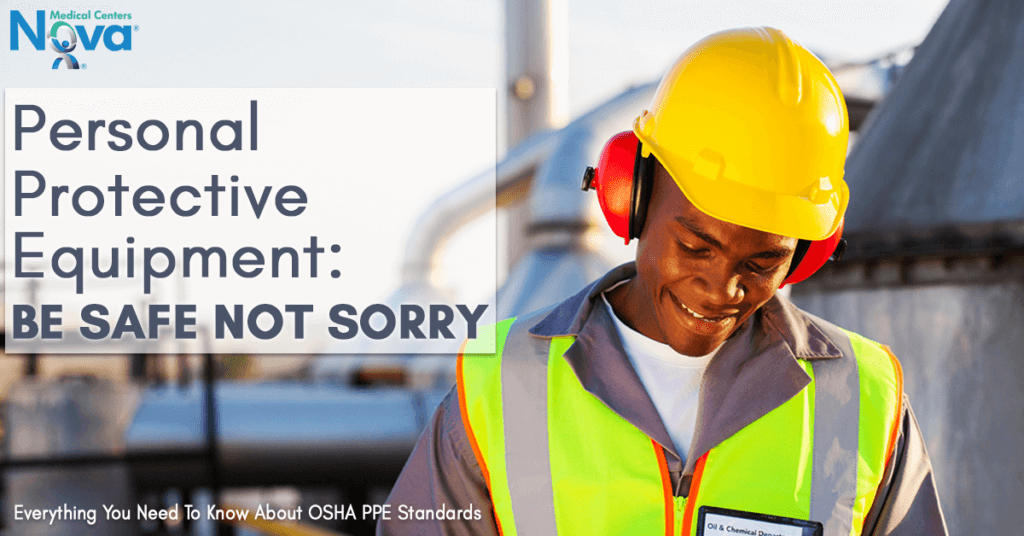
Everything you need to know about OSHA PPE standards
The last Bureau of Labor Statistics report on Personal Protective Equipment showed that, in most cases, when a worker was injured, they were not using PPE. Of the workers who sustained head injuries, 84% of them were not wearing hard hats, and 99% of workers who suffered facial injuries were not using face protection. Personal Protective Equipment, when worn properly, helps to prevent injuries or illnesses in workers. Here are some things everyone should know about PPE:
Employee and Employer Requirements
OSHA rules require that employers protect their employees from workplace hazards through the use of engineering or administrative controls, or, in their absence, Personal Protective Equipment in order to safely perform their jobs. OHSA has published rules and standards about what employers are required to provide and what employees should do to ensure a safe work environment.
Employers are required to:
- Conduct hazard assessment of the workplace to identify risks
- Identify appropriate PPE and provide it to the workers
- Train employees in the proper use of the necessary PPE and how to care for the equipment
- Maintain PPE for employees and replace damaged or worn equipment
- Review and update their PPE program on a routine basis to ensure the safety of their employees
Employees should:
- Properly use the PPE provided by their employer
- Attend any PPE training held by the employer
- Maintain and care for their PPE in the manner in which they were taught
- Notify a supervisor when PPE needs to be replaced or repaired
PPE Types
Personal Protective Equipment can be broken down into different categories based on what the equipment is protecting against and where the equipment is worn by the user.
- Hard hats or other head-protecting PPE is vital when the risk of falling objects or stationary materials creates a risk of head injuries. Certain types of head PPE also protect against electrocution from contact with conductors.
- Eye protection is necessary for workers who work where there is a significant risk of an eye injury on the job.
- Respirators protect workers from the harmful effects that particulate matter, as well as smoke vapors, fumes, or sprays, may have on the lungs.
- Hearing protection is important for workers to prevent hearing loss from exposure to loud noises which can cause physical and psychological stress on employees. Effective hearing protection reduces noise to at least the 85-dB permissible exposure limit.
- Gloves, boots, and protective clothing may be required if the jobs create a risk of injury to those areas of the body. Gloves need to protect against cuts and burns, as does any protective clothing. Boots should protect against crushing objects by incorporating a steel toe.
Through proper use of PPE, employers and employees can reduce the risk of injury or illness on the job. Understanding what PPE to use and how it works is not only vital to safety, it’s the law. Accidents can happen to anyone; be prepared, wear your PPE and you just might save your own life.



